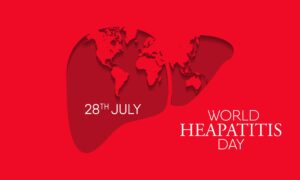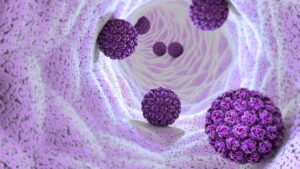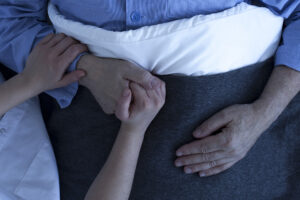
WORDS LIM TECK CHOON
 FEATURED EXPERT FEATURED EXPERTLEE YEE SENG President Malaysian Lysosomal Diseases Association (MLDA) |
The Malaysia Lysosomal Diseases Association (MLDA) unveiled its latest fund-raising effort in February—a collaboration with Fusion Wayang Kulit to shine the spotlight on the difficult circumstances faced by people living with lysosomal storage diseases or LSDs.
WHAT IS LYSOSOMAL STORAGE DISEASE?
First, let’s look at the lysosome, a structure within our cell.
It is usually spherical in shape and contains enzymes that helps to break down carbohydrates, lipids, proteins, as well as waste materials from outside and inside the cell and even old or damaged components of cells.
Researchers found that there are more than 60 different enzymes found in our lysosomes.
The enzymes fail to work properly or don’t work at all when one has the disease.
The term ‘lysosomal storage disease’ refers to a group of over 70 rare inherited metabolic disorders that result from defects in lysosomal function.
As the name of the disease suggests, the enzymes inside the lysosomes of people with this disease fail to work properly.
As a result, various products normally broken down will inside accumulate within their cells, and over time, this will lead to damage of tissues and organs in the body, such as the brain. central nervous system, heart, skin, and skeletal system.
The symptoms of lysosomal storage diseases can vary from person to person and are often difficult to diagnose.
Furthermore, there are only 16 rare disease specialists in Malaysia at the moment, so delays in diagnosis are not unusual.
Treatment of lysosomal storage disease is very expensive.
Enzyme replacement therapy (ERT), which sees the doctor injecting into the patient genetically engineered enzymes in place of the defective lysosomal ones, often costs more than RM500,000 a year.
The patient’s expenses can increase further depending on the specific rare disease and their unique needs.
Given the constraints of government-based funding, with minimal annual increments, many people with this disease find themselves in need of financial assistance from diverse sources to cover the expenses of ERT.
Additionally, there are the associated costs of supportive therapies such as physical therapy, pain management, dialysis, and more.
THE MALAYSIAN LYSOSOMAL DISEASES ASSOCIATION (MLDA) AS THE VOICE OF PEOPLE WITH THE DISEASE
“MLDA serves as a voice for patients with LSD as they, together with their families and caregivers, have limited information and resources to cope with managing these conditions,” says Lee Yee Seng, the President of MLDA.
“Few people understand the challenges of raising a child with LSD or how symptoms can severely affect a patient’s independence and quality of life,” he adds.
With regards to the high cost of ERT, he states: “Treatment with ERT is essential to keep their condition from getting worse, relieve symptoms and prolong their lifespan. This is why we are determined in our mission to raise awareness about these conditions and help provide financial support through sponsorships and fund-raising efforts like these.”
RAISING HOPE & FUNDS THROUGH ARTISTRY & BEAUTY
This year, MLDA and Fusion Wayang Kulit have embarked on a first-of-its-kind ambitious project to share patient-inspired stories through the traditional art of shadow play or wayang kulit, but with a modern touch.
Each tale depicts a different aspect of how people with LSDs and their families are affected, from social isolation and loneliness, the despair parents feel when faced with their child’s suffering, to the uphill battle in search of the right diagnosis and the financial burden of treatment.
“We hope that these stories will resonate with all Malaysians, who can surely relate to the pain and suffering of these patients, that they will be inspired to support our mission in any way they can,” says Lee.
WATCH & REACH OUT
All links open in a new tab. |





